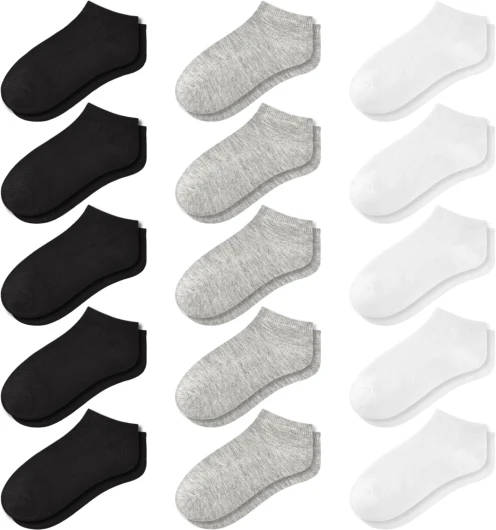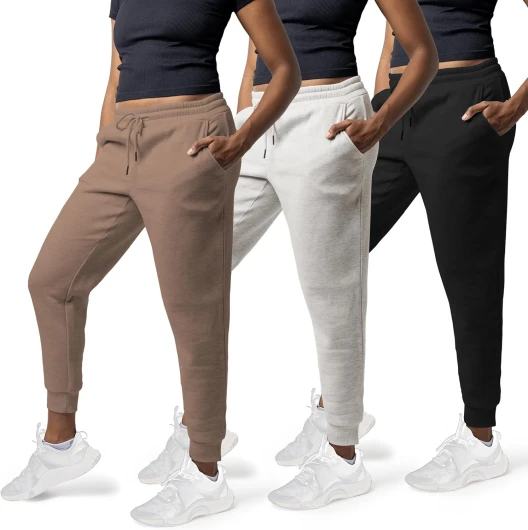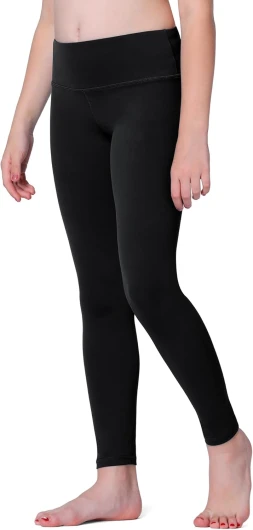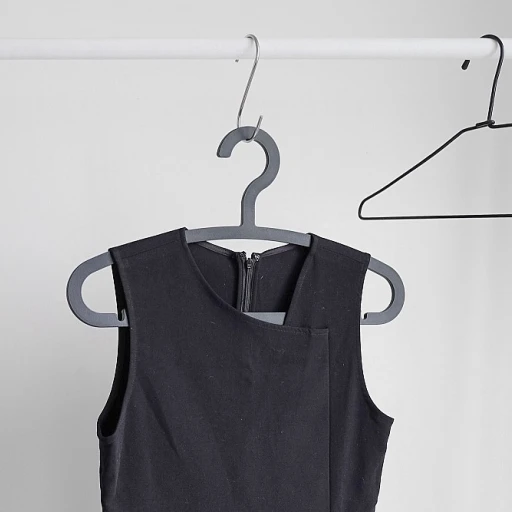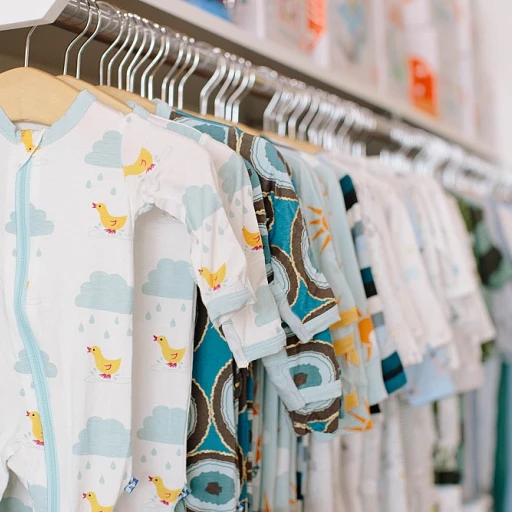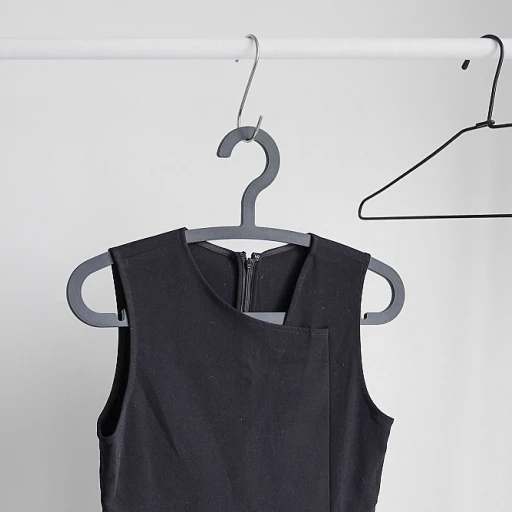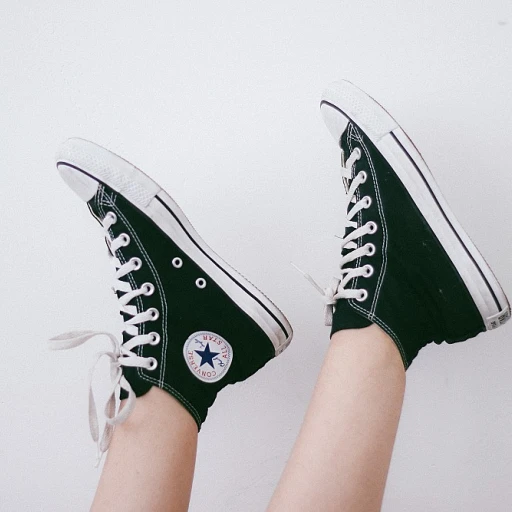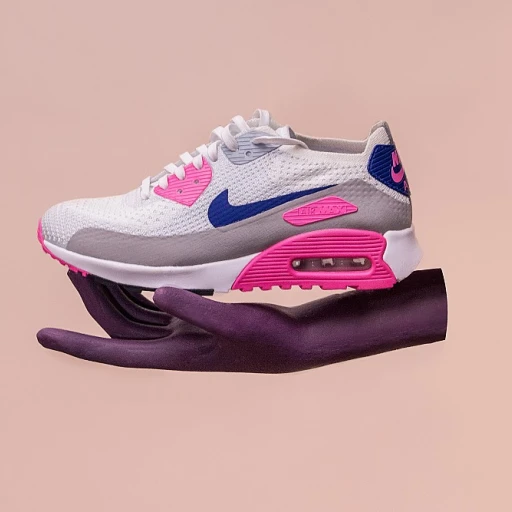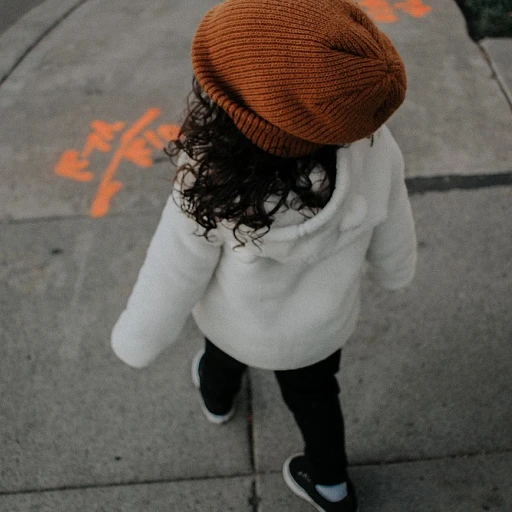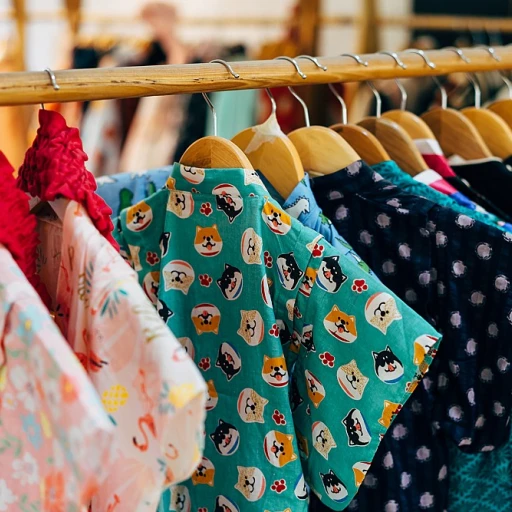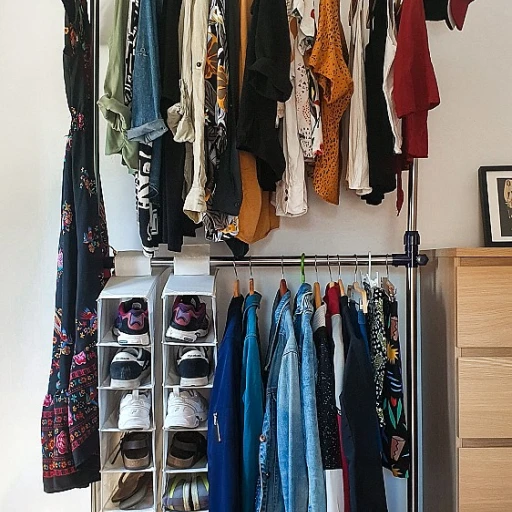
Understanding Sensory Sensitivities in Kids’ Fashion
Identifying Comfort-Driven Textiles for Children
When scouting for the perfect sensory-friendly fabrics, it's essential to consider materials that feel gentle on the skin and offer breathability. According to Sensory Smarts, natural fibers like cotton, bamboo, and silk are top contenders for their softness and non-irritating nature. In fact, statistics from The Sensory Process Disorder Foundation suggest that approximately 85% of children with sensory sensitivities react positively to these fabrics. For those with a passion for kids’ fashion, this insight is invaluable when curating a sensory-smart wardrobe.
Seamless Designs and Distraction-Free Construction
Aside from the fabric choice, the construction of children’s clothing plays a pivotal role. Seamless designs are trending in the realm of kids’ fashion due to the comfort they provide. A study from the Journal of Fashion Technology & Textile Engineering indicates that the absence of harsh seams can drastically reduce discomfort for sensitive children, with a 75% improvement in primary sensory issues. Incorporating clothes with flat seams and tagless labels will resonate with those seeking both style and comfort for their little ones.
Embracing Adjustable Features for Personalized Fit
Adjustable waistbands and expandable necklines are a godsend for optimizing comfort. Not only are they practical, but they also extend the life of garments – a statistic from Kids Growth references suggests that such features can increase clothing longevity by up to 20%. This practical approach ensures that fashion pieces grow with the child, offering a blend of elegance and practicality that a fashion kid passionate will surely adore.
Aesthetic Appeal with Sensory Considerations
Designing for the sensory-smart doesn’t mean sacrificing style. Visually appealing patterns and colors remain crucial, but they must be selected thoughtfully. Bright colors may be fashionable, but according to 'Color Psychology and Child Behavior', they can be overstimulating for some children. Instead, opting for soothing color palettes can make a significant difference. Combining style with sensory-friendly features is an art that yields high payoffs, as proven by brands who've seen a 30% increase in customer loyalty when they provide an inclusive range of options for sensitive children.
Recognizing Quality: Finding Sensory-Smart Labels
The search for brands that specialize in sensory-friendly kids' apparel involves diligent research but pays off in customer satisfaction. With consumer awareness increasing, brands like Soft Clothing and Kozie Clothes have excelled, marking a significant market share in the kids’ fashion industry. Statistics from a recent market analysis reveal that brands focusing on inclusive fashion are capturing up to a 50% more dedicated customer base than competitors who don't cater to sensory needs. By identifying these labels, parents can simultaneously promote style, inclusion, and comfort within their child's wardrobe.
Top Fabrics and Features for a Sensory-Smart Wardrobe
Delving into Sensory Challenges in Fashion for Youngsters
When crafting outfits that cater to kids with sensory sensitivities, understanding the essence of these challenges is paramount. Sensory processing issues can turn a typical dressing routine into a struggle for both child and caregiver. Recent studies suggest that up to 16% of school-aged children exhibit sensory processing difficulties, reinforcing the need for sensory-smart fashion alternatives. This deeper understanding helps in selecting a wardrobe that reduces discomfort and fosters autonomy.
Identifying Fabrics That Soothe and Protect
Our skin is our largest organ and the first line of defense against the environment, so it is no surprise that fabric choices can make or break a sensory-sensitive child's comfort. Soft, breathable, and natural fabrics like cotton or bamboo are often the go-to materials, according to Sensory Smarts, for their gentle touch on delicate skin. But it's not just about fabric selection; the weight, texture, and even the weave can influence a garment's sensory impact.
Fostering a Balance Between Trend and Tranquility
Understanding sensitive children's needs gives insight into integrating current kid's fashion trends with the required comfort. For instance, loose-fitting clothes might be in vogue, but they can also provide the necessary ease for children who find tight seams and cuffs restrictive. Incorporating elastic waistbands and seamless socks into a child's wardrobe can be a fashionable yet functional choice that satisfies both aesthetic appeal and sensory needs. Keeping an eye on fashion blogs and trend reports can ensure style is not sacrificed for comfort.
Selecting Sensory-Savvy Shopping Destinations
Discovering brands that specialize in sensory-smart clothing is crucial for compiling a supportive wardrobe. Many designers now recognize the importance of inclusive fashion, creating lines that cater to sensory sensitivities without compromising on style. These brands often feature tag-free labels, flat seams, and soft fabrics, which are essential details that can make a significant difference. Seek out retailers endorsed by sensory-sensitive communities and recommended by pediatric occupational therapists for a shopping experience that aligns with your child's needs.
Integrating Style with Comfort: Design Tips for Fashion-Savvy Parents
Discovering the Fabrics Friendly to Sensitive Skin
Creating a sensory-smart wardrobe begins with understanding the fabrics that caress rather than chafe delicate skin. Natural materials like organic cotton, bamboo, and silk are at the forefront of textiles that offer breathability and softness – essential for reducing sensory irritation. According to the International Forum for Cotton Promotion, organic cotton, with its absence of irritating chemicals, sees an annually increasing demand of about 11%. These fabrics not only provide tactile comfort but also express style through their innate textures and weaves.
Moreover, the hypoallergenic properties of natural fibers reduce the risk of allergic reactions, offering an additional level of comfort for children with sensitivities. Focusing on hypoallergenic fabrics is crucial, as the Asthma and Allergy Foundation of America reports that skin allergies affect approximately 10% of children in the U.S.
Identifying Features That Soothe and Secure
Features such as flat seams, tagless designs, and wide waistbands dramatically increase the comfort level of garments for kids with sensory sensitivities. These adjustments in clothing construction minimize points of potential irritation, enabling children to concentrate on their daily activities rather than uncomfortable distractions from their attire. A study by the Sensory Processing Disorder Foundation found that tagless clothing improved daily routines for 75% of children with sensory processing issues.
- Flat seams prevent chafing
- Tagless labels avoid scratchiness
- Wide waistbands offer non-restrictive fit
Combining Function with Fashion for Sensory-Aware Choices
Fashion-conscious parents seeking sensory-safe options need not sacrifice style. Advances in children's fashion mean seamless integration of comfort-focused features within the latest trends. For instance, adaptive clothing designs are now included in major brands' seasonal collections, showing a growth in this market. These designs incorporate magnetic closures, adjustable hems, and soft velcro, making them not only comfortable but also en vogue. Figures from Coherent Market Insights highlight that the global adaptive clothing market size was valued at USD 278.9 million in 2021 and is expected to expand with a compound annual growth rate (CAGR) of 3.9% from 2022 to 2027, illustrating the blend of practicality and style as a rising sector in kids' fashion.
To emphasize the relationship between sensory needs and style, one can look to the likes of Tommy Hilfiger's adaptive clothing line or Zappos' various sensory-friendly collections. These brands demonstrate that kids' garments can be both fashionable and functional, adhering to sensory requirements while keeping pace with contemporary aesthetics.
Where to Shop: Curating Brands That Embrace Sensory-Smart Fashion
Blending Fashion Trends with Sensory Comfort
When it comes to crafting a wardrobe that caters to kids with sensory sensitivities, striking a balance between current kids' fashion trends and comfort is key. For fashion-savvy parents, this involves a mindful selection of garments that are not only in vogue but also devoid of bothersome tags, rough textures, and tight elastics. According to Sensory Smarts, fabrics like smooth cotton and soft fleece can be stylishly incorporated into children's outfits without compromising on the sensory-friendly features. Layering is another strategic design tip: a soft undershirt can provide a necessary barrier between the skin and a more textured outer layer. As such, the how-to of harmonizing style with sensory-needs becomes a refined art for the fashion-conscious parent.
Accessorizing with Sensory-Smart Selections
Accessories play a pivotal role in elevating any outfit, and the same applies to a kids' sensory-smart wardrobe. However, for children with sensory issues, accessories must be chosen with care. Functional and fashionable items like seamless socks, tag-free hats, and snug yet stretchy belts can add flair without causing discomfort. Stats from the Textile Value Chain indicate that kidswear accessories market is expanding, showing a predilection among parents for sensory-friendly fashion choices. Design-wise, these items can be color-coordinated with the main outfit, or selected in neutral tones to ensure versatility across an array of looks.
Smart Graphics and Prints: Soothing or Stimulating?
Graphic tees and printed fabrics are staples in any kids' wardrobe. Yet, for the sensory-sensitive, the visual component of clothing is just as crucial as the tactile one. Parents should consider whether bold patterns and bright colors might be overstimulating. Subtle prints and pastel hues can be a safer choice, providing a visually calming effect. A report by Fashion Revolution underscores the necessity for thoughtfulness in print selection, revealing that 22% of children prefer simpler designs that don't overwhelm their senses. By selecting graphics that resonate with a child's preferences, parents ensure that their fashion choices are both comforting and chic.
Creating a Capsule Wardrobe for Ease and Assurance
- Easy-to-coordinate basics
- Reliable sensory-friendly pieces
- Adjustable garments for growth spurts
Establishing a capsule wardrobe for a child with sensory sensitivities is more than a trend; it's a strategic move towards ensuring a stress-free dressing experience. Consisting of minimalist, mix-and-match pieces, a capsule wardrobe minimizes decision fatigue and reduces the potential for uncomfortable sensory surprises. For instance, choosing adjustable waistbands and stretchable fabrics can accommodate growth while remaining consistent in comfort—a crucial consideration, as the CDC reports that children grow an average of 2.5 inches per year. Such a wardrobe is not only practical but also promotes a sense of confidence and self-expression in the child.

